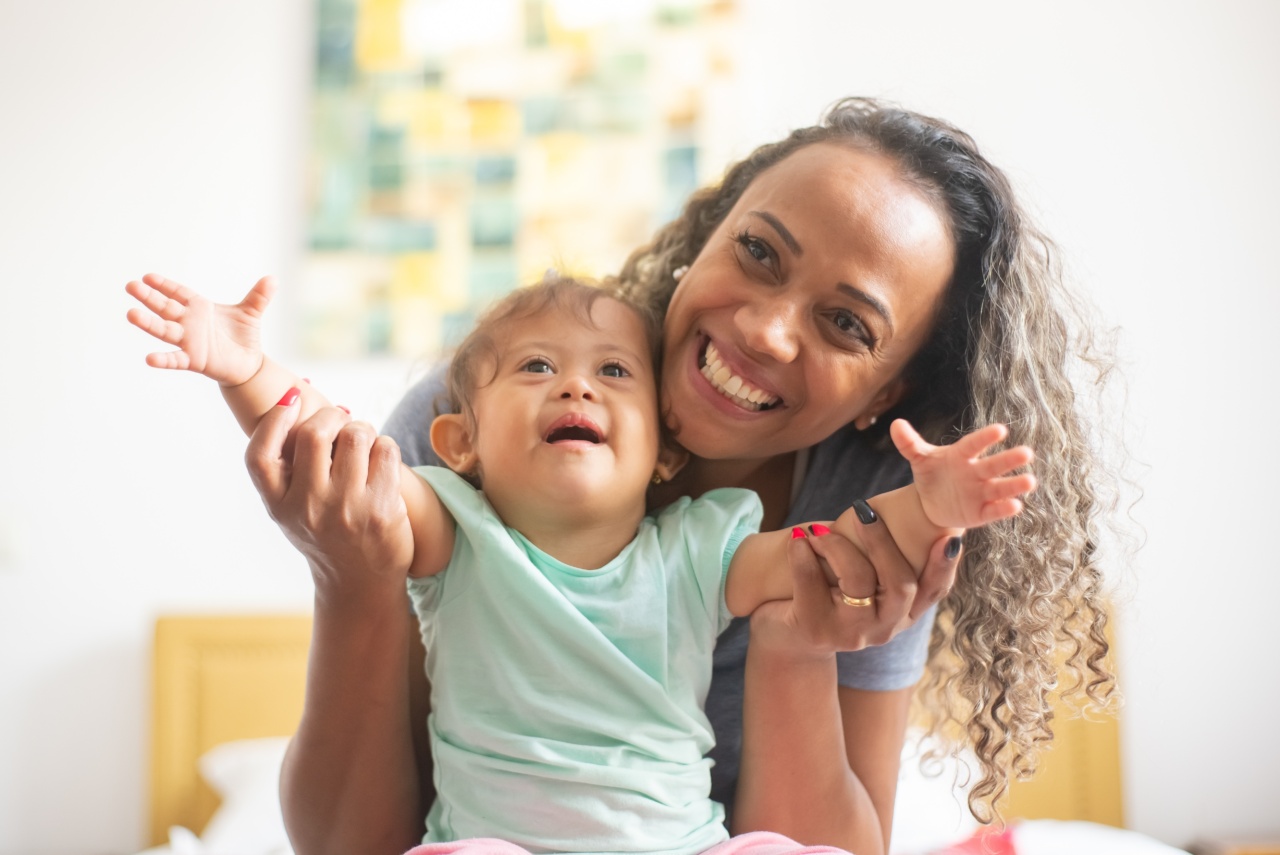Shaken Baby Syndrome (SBS), also known as abusive head trauma, is a devastating form of child abuse that can have lifelong consequences. This violent act of shaking an infant or young child can cause severe brain damage and other physical injuries.
The consequences of baby shaking syndrome are not only immediate but can have long-lasting effects on the child’s health and development.
1. Immediate Consequences
When a baby is violently shaken, the impact causes the brain to move back and forth within the skull. This can result in bleeding, swelling, and damage to the fragile brain tissues. Immediate consequences may include:.
- Brain hemorrhage: The shaking motion can cause blood vessels to rupture, leading to bleeding within the brain.
- Skull fractures: The forceful shaking can sometimes cause fractures in the skull.
- Retinal hemorrhage: The delicate blood vessels in the eyes can also rupture, causing bleeding in the retina.
- Seizures: Some infants may experience seizures immediately after being shaken.
- Respiratory distress: Shaking can disrupt the normal breathing pattern of a baby and lead to breathing difficulties.
2. Long-Term Consequences
The effects of baby shaking syndrome can extend well beyond the immediate aftermath. The long-term consequences may vary depending on the severity and duration of shaking, but commonly include:.
2.1 Developmental Delays
Shaking can cause extensive damage to the brain, resulting in developmental delays. The injured child may experience difficulties reaching motor milestones such as crawling, walking, and talking.
Cognitive delays, learning disabilities, and behavioral problems are also common.
2.2 Vision and Hearing Impairment
Retinal hemorrhage, caused by baby shaking syndrome, can lead to visual impairments or even blindness. The shaking motion can also damage the delicate structures of the inner ear, causing hearing loss and balance problems.
2.3 Seizure Disorders
Children who have been shaken may develop seizures as a result of the brain damage. These seizures can be difficult to control and may require lifelong medication.
2.4 Cognitive and Learning Disabilities
The brain injuries caused by baby shaking syndrome can result in cognitive impairments and learning disabilities. Children may struggle with memory, attention, concentration, and problem-solving skills.
Their academic performance may be significantly affected.
2.5 Behavioral and Emotional Problems
Many children who have experienced baby shaking syndrome exhibit behavioral and emotional problems. They may have difficulties with self-regulation, exhibit aggressive behavior, and have trouble forming healthy relationships.
Post-traumatic stress disorder (PTSD) is not uncommon.
2.6 Physical Disabilities
In severe cases, baby shaking syndrome can result in permanent physical disabilities. Children may experience paralysis, spasticity, or motor coordination difficulties. They may require lifelong assistance for daily activities.
3. Psychological Impact on the Family
Shaken Baby Syndrome affects not only the child but also their family members. Parents and caregivers may experience guilt, shame, and trauma due to their involvement or failure to prevent the abuse.
The financial burden of medical care and ongoing therapy can also be overwhelming.
4. Prevention and Awareness
Preventing Shaken Baby Syndrome requires education and awareness among caregivers. It is crucial to understand that babies have delicate neck muscles and weak blood vessels in their brains, making them highly vulnerable to such trauma.
Parents and caregivers should be taught alternative coping strategies, stress management techniques, and the importance of seeking help when feeling overwhelmed.
5. Conclusion
The lifelong consequences of baby shaking syndrome are deeply tragic and irreversible. The physical, cognitive, and emotional effects can impact every aspect of an individual’s life.
Preventing this form of child abuse is paramount, and raising awareness about its devastating consequences is crucial.






























